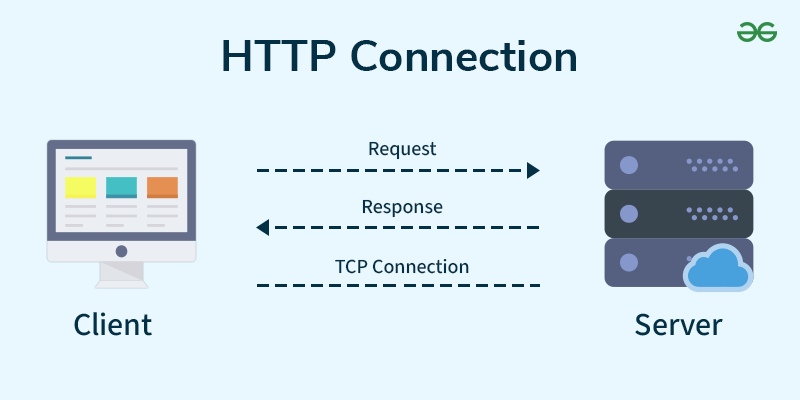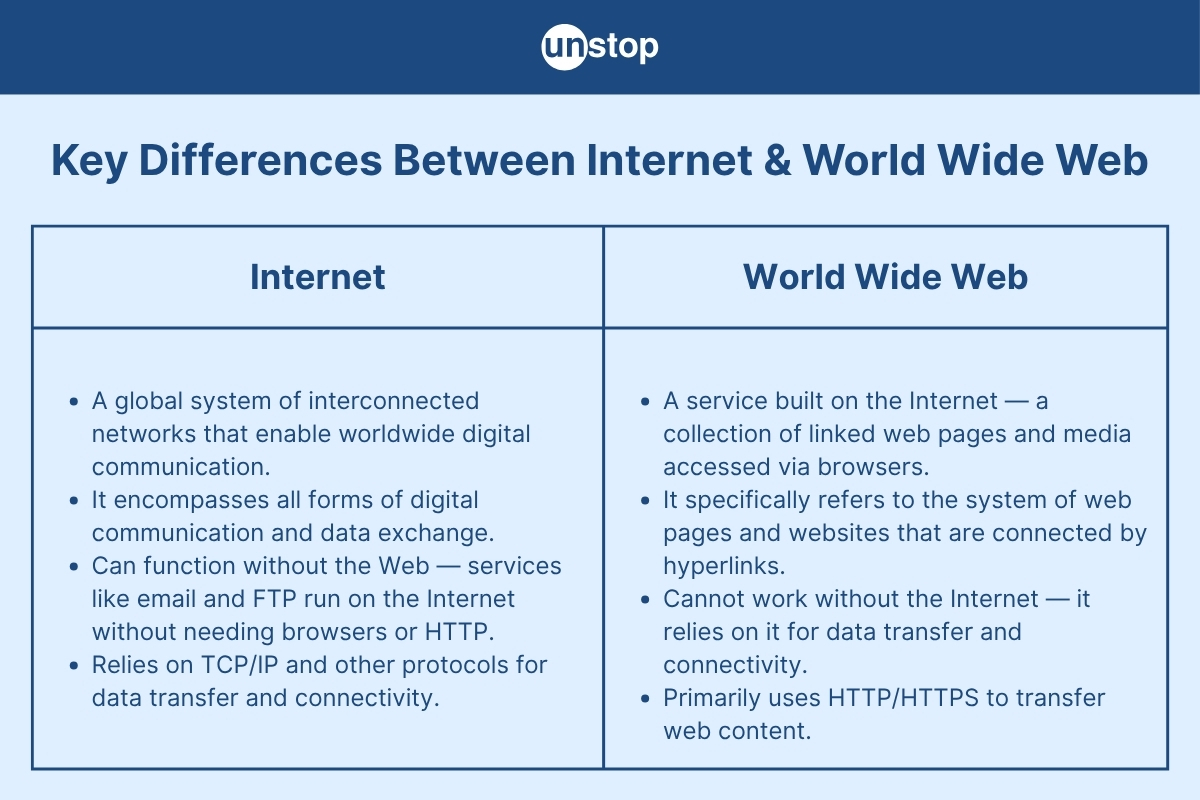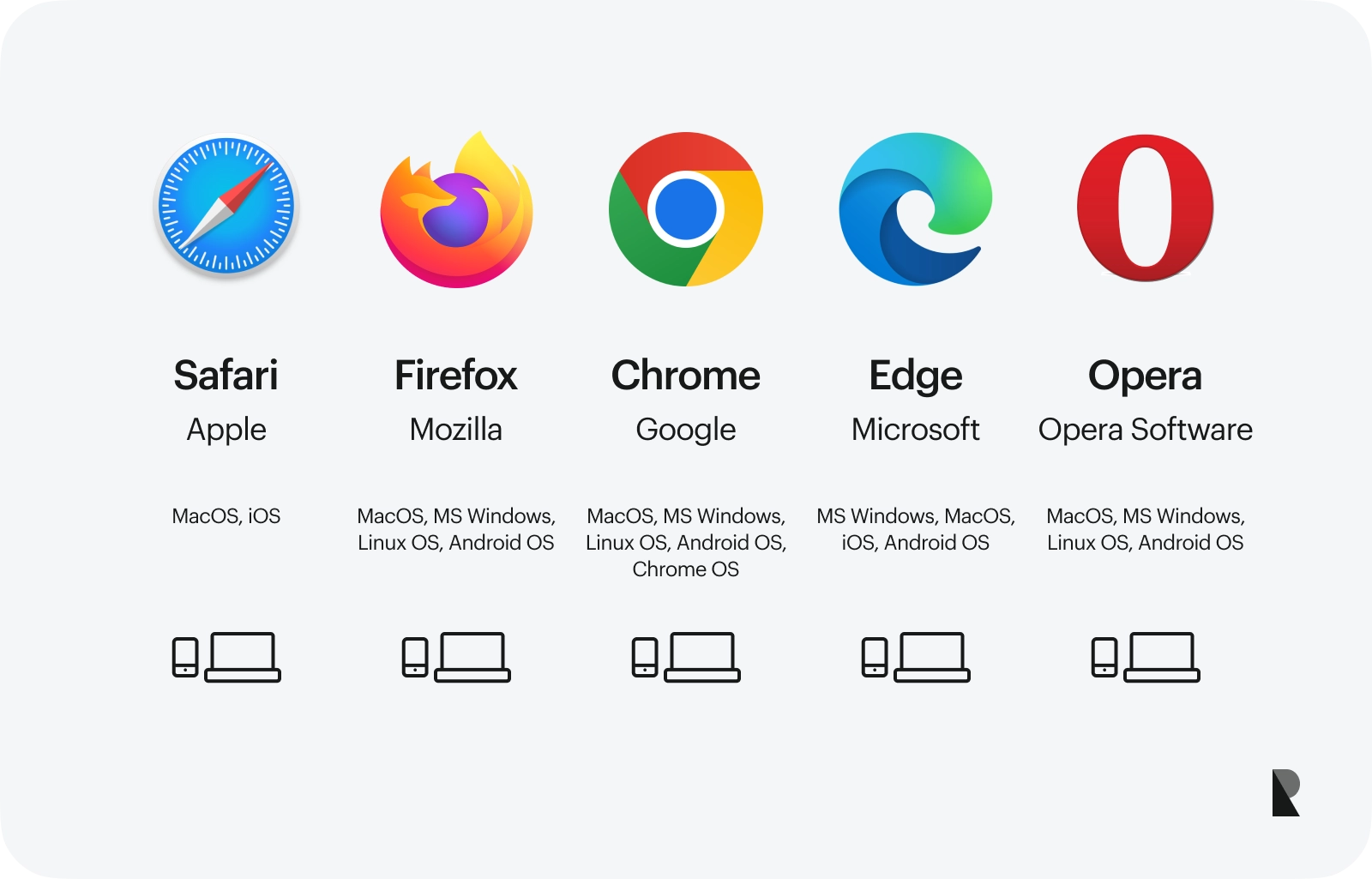Tim Berners-Lee

Background
Tim Berners-Lee was born on June 8, 1955 in London. His parents Mary Lee Woods and Conway Berners-Lee worked with the first commercial computer named the Ferranti Mark 1. As a child, he was very interested in trains which led him to learn all about electronics
from playing with his model railway. In 1976, Berners-Lee graduated from the University of Oxford at Queen's College with a degree in physics. After graduation, Berners-Lee worked at Plessey Telecom as an engineer. Here he worked on distributed transaction systems,
message relays, and bar code technology. Later in 1978 he moved to D.G. Nash which was run by his friends Dennis Nash and John Poole. At D.G. Nash he created type-setting software specifically for printers and created a multitasking operating system. For a brief stint
in 1980 Berners-Lee worked as an independent software engineer for the European Organization for Nuclear Research (CERN). This is where he proposed a project that was based on hypertext which would make sharing and updating information more efficient.
In late 1980, Berners-Lee received a position as Director at John Poole's Image Computer Systems LTD. For the next three years, he would gain experience in computer networking, graphics, and communications software as he was in charge of the technical side of the
company. 1984 saw Berners-Lee return to CERN as a Fellow and in 1989 CERN was the largest internet node in Europe. In March 1989, Berners-Lee proposed an idea to combine hypertext with the internet which he called 'Information Management: A Proposal'. His proposal
provided a way to share information across the world without the need for emails. This system would later be named the World Wide Web.
Web Contributions
Contribution 1: Hypertext Transfer Protocol (HTTP)

Hypertext Transfer Protocol (HTTP) is foundational to the World Wide Web. This protocol was developed by Tim Berners-Lee which has led to us being able to browse the Web. HTTP is the protocol that allows webpages to load using hypertext links. It works by using HTTP
requests and HTTP responses. HTTP requests is where platforms such as web browsers request information that is needed to load a website. An HTTP response is what is received by the web client such as web browsers and it is received from an Internet server. The original
version of HTTP that Tim Berners-Lee created had no version number. Later, it was named HTTP/0.9 to differentiate it from the following versions of HTTP. Today, the most recent version of HTTP is HTTP/3.
Contribution 2: World Wide Web (WWW)

The World Wide Web (WWW) was also created by Tim Berners-Lee. Originally, the World Wide Web was developed by Berners-Lee to solve problems regarding infomration sharing between scientists at CERN. Nonetheless, it had a much bigger impact than what was originally
intended. While Berners-Lee invented the World Wide Web in 1989, it wasn't available to the public until later. April 30, 1993 is when the software for the World Wide Web was released into the public domain. There have been multiple versions of the World Wide Web.
The version that was orignally introduced by Berners-Lee is Web 1.0 which introduced static websites. Static websites are the simplest kind of website to build due to the content not changing. Static websites have the same information whenever someone visits them
unless the web author manually updates the website. Today, the most recent version is Web 4.0 which places more of a focus on Artificial Intelligence (AI) and integrated web operating systems.
First Website on the World Wide Web
Contribution 3: Hypertext Markup Language (HTML)

Berners-Lee also created Hypertext Markup Language (HTML) which is foundational for webpages. HTML is what creates and structures content on webpages. In fact, this webpage you are viewing was created using HTML. There are several version of HTML. The first version
called HTML 1.0 was released to the public in 1993. This first version of HTML was very basic and primarily allowed the structuring of documents with headings, paragraphs, and links. The ability to add images, tables, etc. was added in future versions. Today,
the most modern version of HTML is HTML5 which opened up the door for a host of new abilities such as native multimedia support. Berners-Lee utilized HTML 1.0 to build the first webpage that was linked under the World Wide Web section. As can be seen on that webpage,
it is extremely simplistic with no images or fancy formatting which shows the limitations of HTML 1.0. Nonetheless, Berners-Lee creating HTML 1.0 is what led to where we are today with webpages.
Contribution 4: Web Browser

Berners-Lee also contributed to the Internet through creating the first web browser. The first web browser was called WorldWideWeb and it was created in 1990. The WorldWideWeb browser would later be renamed to Nexus. This web browser allowed users to view linked text
documents for the first time. Web browsers opened the door to the vast opportunties on the World Wide Web as users were able to navigate across the World Wide Web from webpage to webpage. In the future many more web browsers would be introduced many of which we still
use today. Apple released their Safari web browser in 2003, while Google released their Google Chrome web browser in 2008. Other browsers also exist such as Firefox, Internet Explorer, and Microsoft Edge. Today, there is a large variety of web browsers available for
users to utilize to browse the web. Berners-Lee creating the first web browser led to the web as we know it today.




